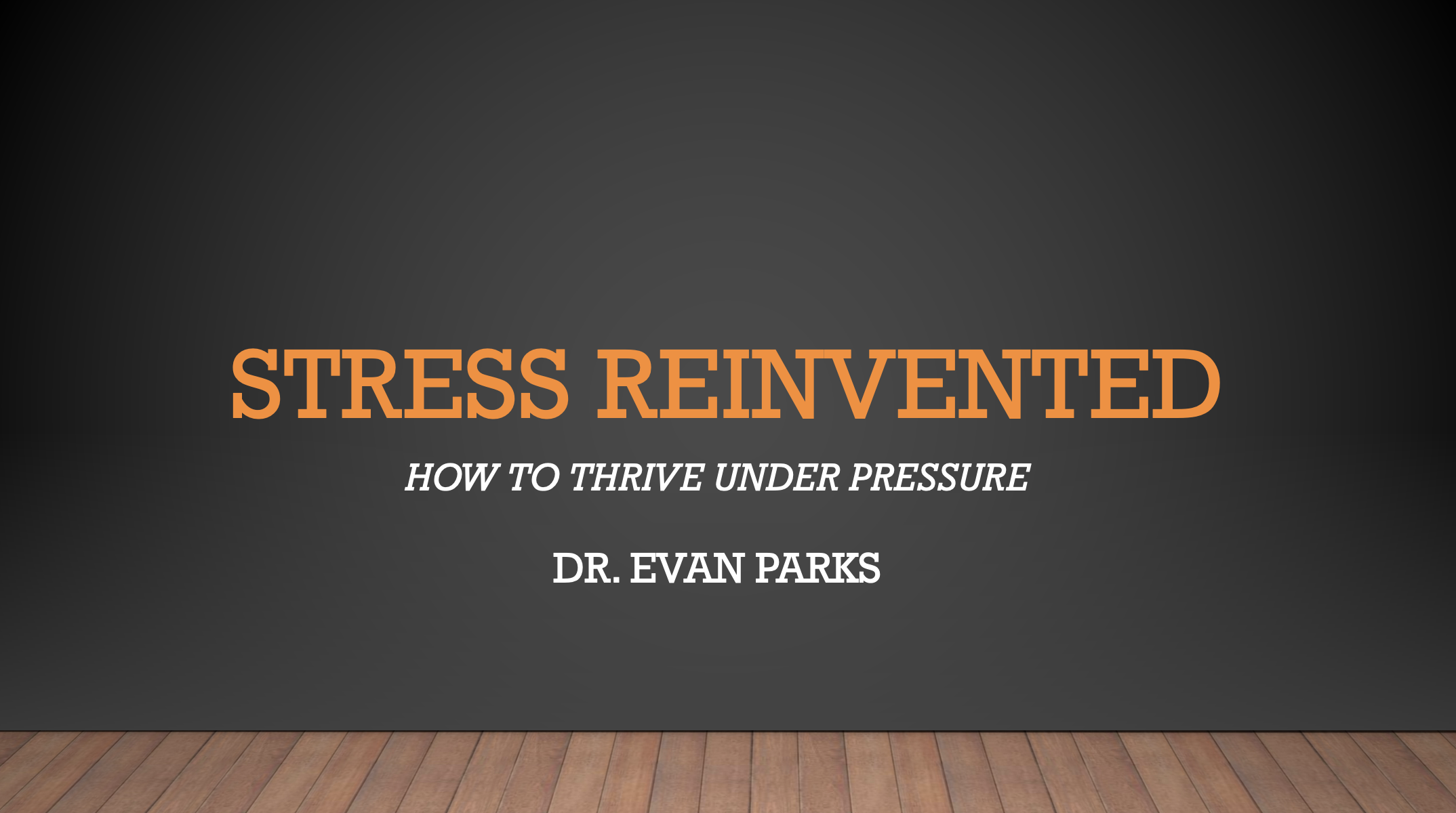 By Dr. Evan Parks—There is nothing like a child’s unusual, unexplained physical or mental health symptom that can increase the anxiety of a parent. Tests are run, experts consulted, and prayers are requested so that an answer might be found. A solid medical diagnosis is comforting, because it “explains” the problem. But not all parents get that reassuring news, rather they learn that the symptom is the child’s response to some other problem. Many times our solutions to problems become our source of suffering.
By Dr. Evan Parks—There is nothing like a child’s unusual, unexplained physical or mental health symptom that can increase the anxiety of a parent. Tests are run, experts consulted, and prayers are requested so that an answer might be found. A solid medical diagnosis is comforting, because it “explains” the problem. But not all parents get that reassuring news, rather they learn that the symptom is the child’s response to some other problem. Many times our solutions to problems become our source of suffering.
For simplicity, this short article will only focus only on a young child, but the principles apply to teens and adults as well. Every person, young and old, has basic needs. We are designed to have our needs met as children in stable, loving families that are free of anxiety, control, fear, abuse, manipulation, neglect, shame, and rejection.
In place of the negative, harmful experiences, we need an environment characterized by safety, love, nurturing, attention, validation, acceptance of feelings, autonomy, self-expression, guidance and realistic limits. This sounds great, but the only problem is that these kinds of families are in short supply.
Children need to figure out how they are going to be safe, belong, enjoy a sense of power and influence, make choices, express themselves, and have fun while learning while living in homes that do not always provide the best environment to have these basic needs met. What both children and adults rely on for getting needs met is creativity. We problem solve, experiment, and try things out, abandon our attempts, and then try new strategies that might work better in order to meet our needs.
Searching for Solutions
Picture a seven year old child who loves his mom and dad, but his mom and dad are preoccupied. The parents might be preoccupied with work, ministry, being busy helping others, serious illness, fighting each other, anxiety, trying to change each other to make their marriage happier, alcohol, headaches, looking good, fitness, or simply be preoccupied with themselves. The seven year old does not experience a clear sense of belonging, safety, or recognition of who he is as young person. This cause a warning bell to go off in his mind. What is he to do?
Let us imagine, like a lot of little boys, he has figured out that being good is one way to make his parents happy and get recognition. He tries being good for several weeks, but all he gets is a little less criticism and complaining, not much love, stability, or recognition. So, he switches strategies. He tries being bad. He takes his sister’s things, cut-back on homework, and accidentally breaks a few items in the house. This does get a response, but not much of one. His parents get mad, but do not follow through on any of the consequences they set or provide him the guidance he needs.
Creativity at Work
Now the boy is at a loss—how is supposed to get his needs met? One day he is playing outside on a warm summer day for several hours with his friends. He loves to play and completely forgets about coming inside to get a drink of water or lemonade. By the time he does come in he is dehydrated. He drinks some water, but not nearly enough. He ends up going to bed still in a dehydrated state.
He wakes up the next morning with a very serious headache and cannot even eat his breakfast. He goes to school, but the school nurse calls the parents halfway through the day and reports that their son needs to come home. His headache is not going away and the nurse is concerned about what that might mean. One of the parents quickly goes to the school, brings home the son and then calls the child’s doctor. That evening, the parents change their normal routines, spending time talking with their son, and anxiously wait to see a doctor.
The child does not make a conscious decision about what happens next, but what occurs is that his creative solution system in his own mind says to the boy, “You just figured out how to get your needs met. The next time you are anxious, sad, or maybe lonely, just produce a little pain. A headache, a stomachache, or general joint pain will do just fine.”
A Life Direction
Over the course of the next few years, if nothing changes and the parents do not realize what is happening, the child will develop a way of getting needs met by having a medical need, like a headache. His parents will stop doing whatever they are doing, they will come together as a united caring couple, ask good questions about the welfare of their son, and through this activity some of their son’s needs will be met. Because his needs are getting met, it reduces the likelihood that medical treatment will be able to address the symptoms that he has. His headaches could keep the boy and the doctors busy for years to come.
There are many problems with the solution the boy has creatively discovered. The most significant is that the boy gives up other needs to get his need for belonging partially met. His solution to getting his need met is the problem. His needs are legitimate, but his solution creates more problems than it solves. That is why we say our solution to meeting our needs is the problem that we must recognize, own, and change.





